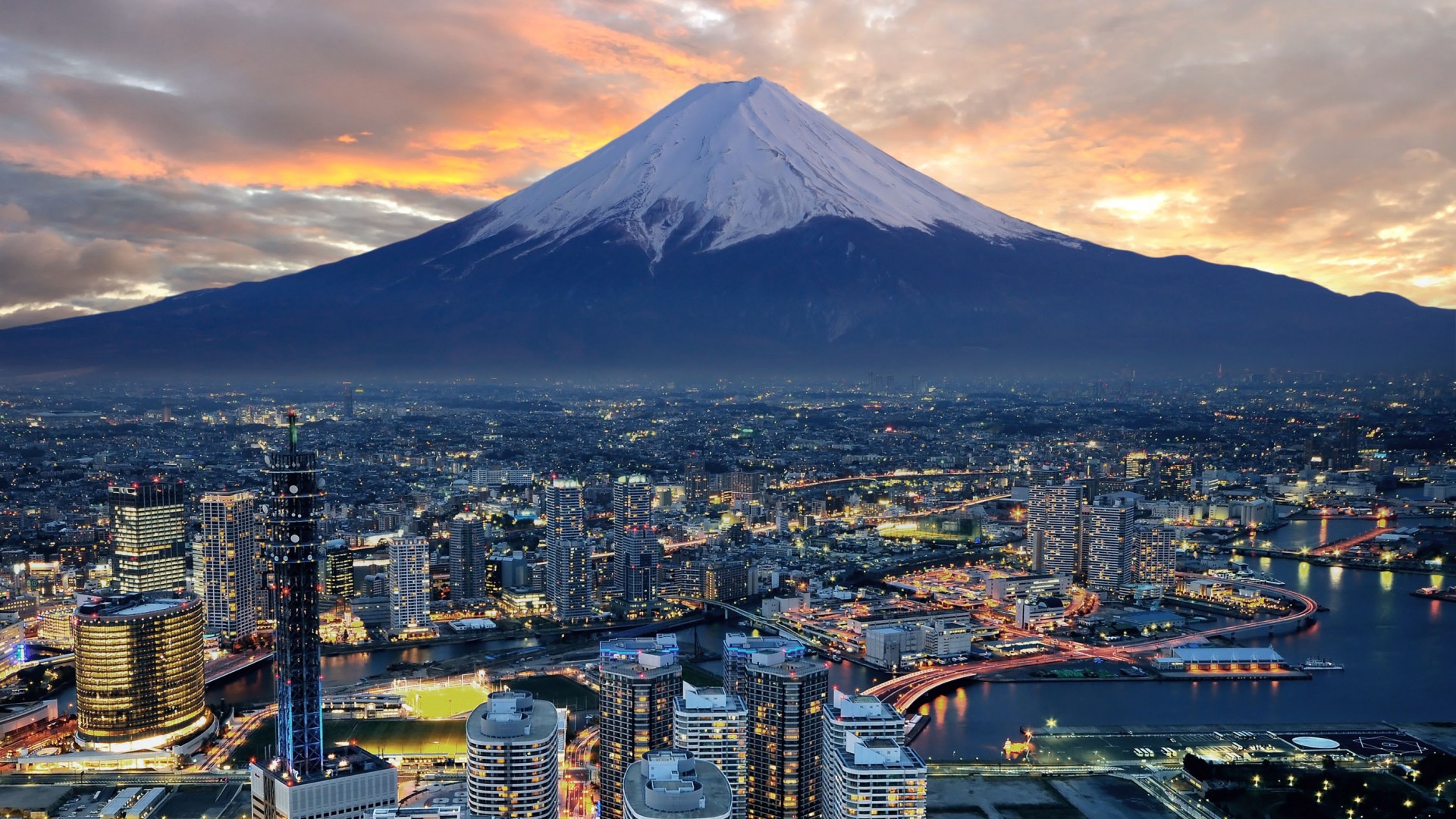Working Poor
In Japan, the number of young people who fall under the category of “working poor” has been increasing since the end of 1990s. Because Japanese economy has been stagnant over the past decade, Japanese corporations reduced the number of “career” employees so more people are working as temporary employees who don’t receive the same benefits as the career full-time employees would qualify for. Moreover, the number of employees who have been laid off has increased and these people have no choice but to take available jobs which don’t provide sufficient income or the benefits needed to survive. Surprisingly, many young people are using the internet cafe to sleep in order to go to the next one-day only job provided by their temp agencies.
The major issue here is that Japanese corporations still prefer to hire career full-time employees from the new college graduates. So if you miss an opportunity to get a full-time career job during your senior year in college, you are going to have much more difficult time getting a stable career full-time position with benefits. But why has the number of working poor people continued to increase? In this NHK documentary, they interview young working poor males who have become the victims of collapsed Japanese economy and lack “motivation” due to Japan’s traditional life-employment system.
日本には「ワーキングプア」と呼ばれる若者達が90年代後半から増え続けています。ワーキングプアの人々は正社員とは違って派遣会社等を通して日雇いの仕事や最長でも一年程度の短期の派遣社員としての仕事をしていて、正社員に比較して雇用保険や社会保険等の社会保障も不十分ではありません。90年代後半から日本経済は長期的な不景気に陥り、リストラをされた労働者が続出して、ワーキングプアと呼ばれる人が増え続けました。日本では、大学や専門学校、短期大学を卒業してすぐに新卒として正社員の仕事を得られなかった場合、その後正社員に就く事が困難になり、この雇用慣行は時代に合わせて変わってきていますが、それでも多くの企業が新卒を雇いたがる傾向にあるためワーキングプアの状態に陥る若者達が増えています。ワーキングプアのほとんどが低賃金労働者で、このドキュメンタリーではその時代の流れに合わせて苦しい生活を強いられている若者達の状態をつづっています。どうしてこのようなワーキングプアの人々が増え続けたのでしょうか?
日本経済の長期的停滞によって、企業の人件費削減が増え続けた。
国外の安かな労働力を求めて、企業が海外にアウトソーシングするようになった。







